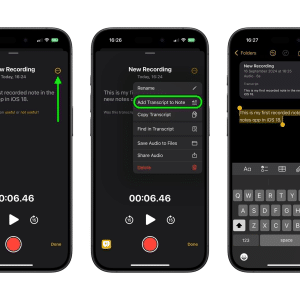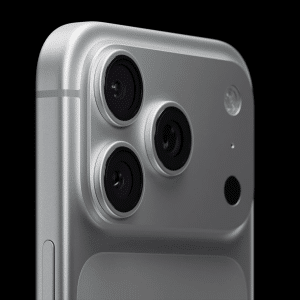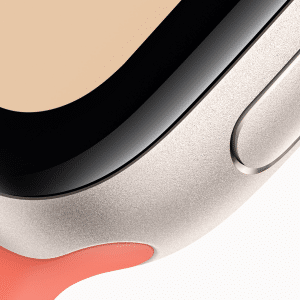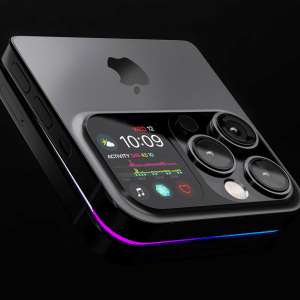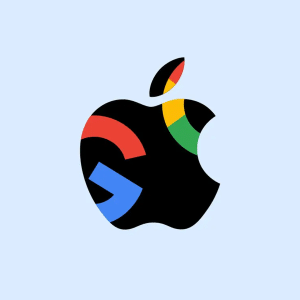In a shift that could become a big threat to Apple Inc., U.S. consumers are increasingly signing up for a type of wireless service plan popular around the world that’s traditionally not been in favor here prepaid accounts.
Prepaid plans typically allow consumers to purchase services in advance in bite-sized chunks _ whether by the minute, the megabyte or the month and allow them to cancel at any time. In contrast, the standard plans offered by the big carriers, such as AT&T and Verizon, generally require users to sign up for pricey two-year service agreements.
Although prepaid accounts still represent less than a quarter of all wireless service plans in the United States, they’re gaining ground rapidly. Half of all new wireless accounts added between 2008 and last year were prepaid ones.
“It’s a very dramatic change in how customers in the U.S. are buying wireless,” said Sara Kaufman, an analyst who covers the wireless service market for Ovum, a research firm.
That shift is a worrisome one for Apple, whose iPhone provides the lion’s share of the company’s revenues. The vast majority of iPhones sold in the United States come with two-year contracts for standard plans with the big carriers, whose high-priced contracts subsidize the cost of the phones. The company faces the prospect of losing market share _ and eventually revenue _ to cheaper phones on prepaid plans, or having to offer a lower-cost phone that could undermine sales of its higher-priced iPhones.
With prepaid service plans, consumers typically have to pay up front the full cost of their phones _ or connect a device they already own to the service. Because of that, inexpensive phones tend to sell best for prepaid providers.
Apple, however, doesn’t offer a cheap phone. Without its subsidy, for example, Apple’s new iPhone 5C _ billed as the “lower-cost” iPhone by CEO Tim Cook _ costs $550. That’s hundreds of dollars more than the typical cost for a prepaid phone, many of which run Google’s Android operating system.
Investors and analysts have fretted that Apple’s focus on selling pricey, heavily subsidized phones will hurt it in developing countries such as China and India, where unsubsidized phones and prepaid plans predominate. But few have paid attention to how the company is being hurt by the shift to prepaid plans closer to home.
“There’s no question that (Apple’s) missing out,” said Weston Henderek, a principal analyst at Current Analysis, a technology market research firm. “They’re essentially ceding that market to Android.”
An Apple spokesman did not respond to a request for comment. But Cook, in an interview last month with Bloomberg Businessweek, said his company wasn’t interested in the market of customers looking for inexpensive “junk” phones, and that Apple can have a “really good business” by focusing on the higher-end market.
“I’m not going to lose sleep over that … market, because it’s just not who we are,” Cook said.
Analysts say the company could endanger its brand or cut into its healthy profit margins by offering a truly inexpensive iPhone.
But with iPhone sales having fallen in China in Apple’s last quarter and sales growth slowing elsewhere, the company may be forced to look closer at making a device targeted at the prepaid market.
Prepaid accounts comprise the vast majority of wireless agreements globally. They’ve represented a small fraction of the U.S. market, but that’s changing. Between 2008 and the end of last year, the number of prepaid accounts jumped from 48 million, or 18 percent of total wireless accounts, to 76 million, or 23 percent, according to CTIA, the wireless industry’s U.S. trade group.
Until recently, prepaid plans were offered only by second- or third-tier carriers. But now even the four big service providers offer such plans.
And the plans have become more varied and flexible. Consumers used to purchase service by the minute, which meant that they frequently would have to add more minutes to their accounts. Those plans are still available, but newer prepaid plans look a lot more like standard “postpaid” plans: Consumers pay by the month, and their service includes a set number of voice minutes or data usage.
“The sophistication and the diversity of the offerings has certainly changed,” said John Walls, a spokesman for CTIA. “You have a lot more flexibility as a prepaid customer than you did five to six years ago.”
Another factor driving the growth in prepaid plans has been sales of tablets such as the iPad, many of which include cellphone radios. The typical wireless plan for those tablets is a month-by-month prepaid agreement.
And then there’s the Great Recession.
“What we’ve seen in the past is that when the economic situation is a bit tougher, people think they’re in more control if they move to a prepaid basis,” said Carolina Milanesi, an analyst with industry research group Gartner.
(EDITORS: STORY CAN END HERE)
Eric Snider, a 44-year-old San Jose, Calif., mobile app developer, is among those trying to save some money. Three months ago, he switched from AT&T to Straight Talk, a prepaid provider whose service is offered exclusively through Wal-Mart. With AT&T, Snider paid $93 a month, and got only 450 voice minutes and 2 gigabytes of data. Now he’s paying just $45 a month, but getting unlimited voice minutes and unlimited data usage, although Straight Talk warns that it slows access rates after the first 2 { gigabytes.
“There are things that aren’t as good as AT&T, but I like saving almost $50 a month,” Snider said. The $93 per month he was paying AT&T “seemed too much, and it was making me mad.”
A DIFFERENT KIND OF SMARTPHONE PLAN:
Prepaid wireless plans, long the dominant kind overseas, are becoming more popular in the United States. Here’s how they’re different from standard plans.
SOURCE: Staff research
San Jose Mercury News (CA)
(c)2013 San Jose Mercury News (San Jose, Calif.)

